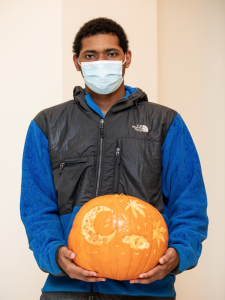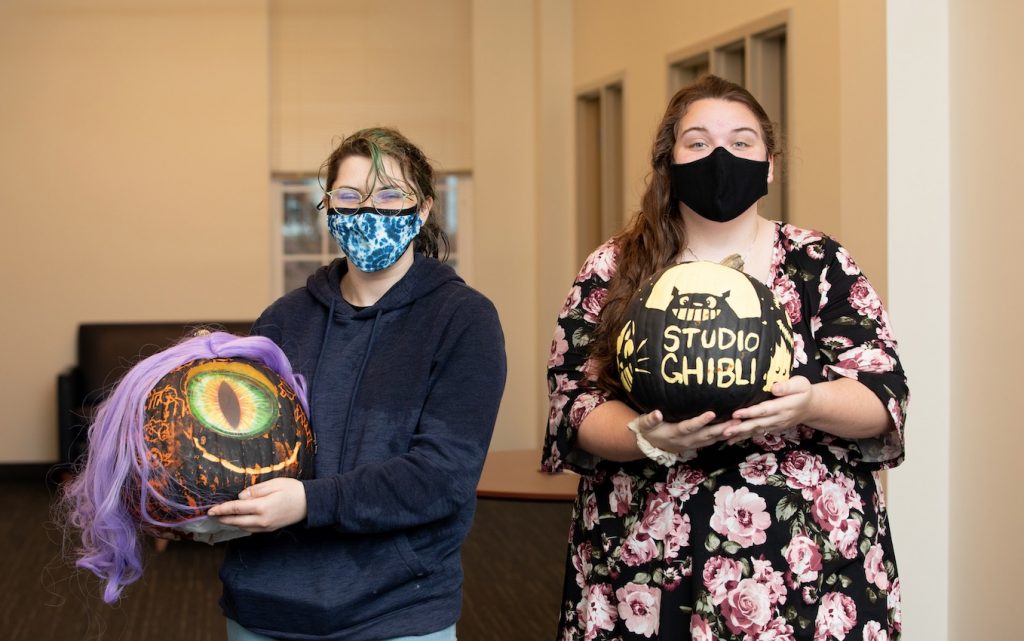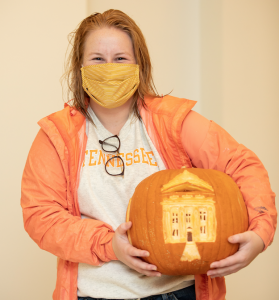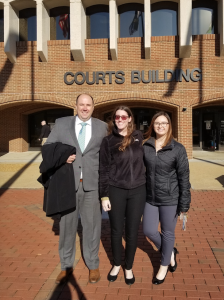Hey, all! Welcome to CryptoCL.
I showed Dr. Marmorstein my cryptographic hash. It seems that the permutation step was not actually permutation, but a complicated substitution step. I have since written a simple permutation step.
When I ran the program with user input, the program would spit out undecipherable garbage. However, I was told this is a good thing, so I will keep it.
I have since begun to write a program to calculate the confusion. However, given how I’m writing it, it would seem I would need to do a complete overhaul of my program in order to do this. I am not looking forward to this, and it feels like a lot and I’m not sure where to go with it.
I will keep trying, but if I can’t make a successful breakthrough by the weekend, I am most likely just try and implement the program using the OpenCL standard, so that I have at least a working OpenCL program.
Kyle Jenkins.
Time spent today: 2 hours 30 minutes
Total Time: 36 hours






